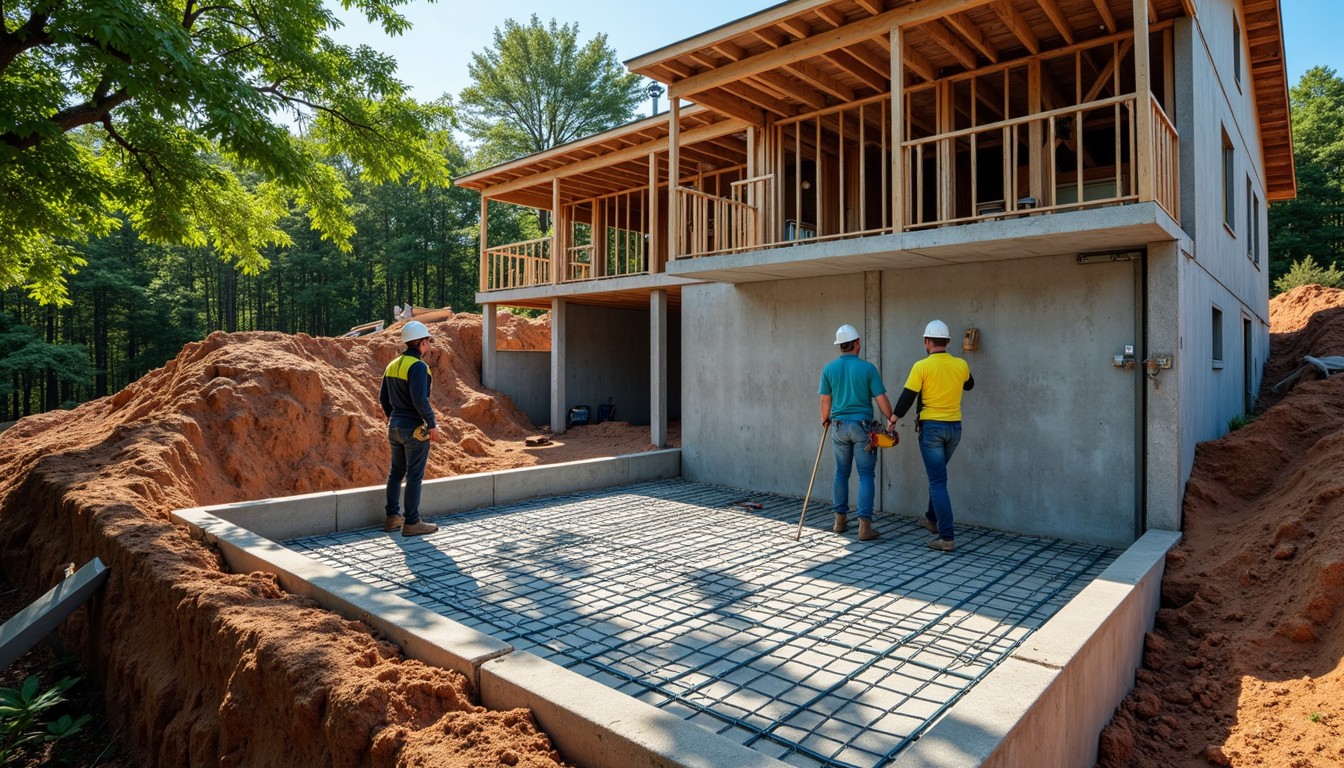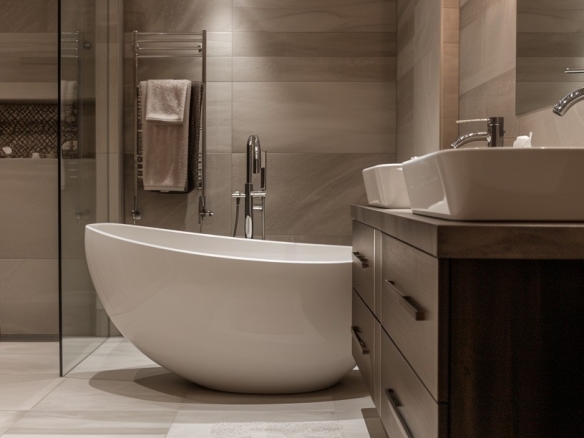When building a home in an established neighborhood, consider that nobody wants to live in a home that looks exactly like the one next door, but you should make sure that the design of your home fits the homes in the area; the most attractive houses have a consistent style and relate in some way to the surrounding homes. Consult a local architect to help you design a unique and distinctive home to blend in with your neighbors’ styles.
• Research community style rules and design limitations before you pick your lot. Long-time residents value not only their investment but also the look of their beloved neighborhood. You might have a long and drawn-out fight on your hands if you challenge the local building restrictions. If you like the feel of a place, the predominant architectural styles, and the way the houses relate to one another and how well they fit into the environment, chances are you would be more likely to agree with the local building guidelines, which preserve that attractive atmosphere.
• Select the site before you have your house plan finalized. In some areas, zoning and regulations may limit the height of a home, or govern the minimum and maximum home size in terms of a percentage of the total lot size. Subdivisions may have covenants that establish acceptable home styles for the area. Think about the scale of your home relative to others in the neighborhood; it is risky to substantially underbuild or overbuild, in terms of the size of your home or money spent. You may later find it difficult to sell at a profit.
• Visit your home site at different times of day and, if time permits, different seasons to visualize the floor plan with the features of the lot and to envision how the house will sit. Examine where the sunlight strikes the site. Compare this information to the placement of the windows in the plan to ensure the design will take full advantage of the best views, block views that are undesirable, put morning and evening light where it is most needed, and prevent excessive heat gain. Your architect would make certain to retain the appearance and structural integrity of your home.
• Decide on exterior materials. Drive around the area you are planning on building your home. Make notes or take photographs of the styles and the materials that appeal to you. The best way to refine your choices is to look for houses you like and note all of the materials they use and the way that the materials are combined. Some materials look different on actual buildings versus in the showrooms of the home improvement stores.
Building a Home in an Established Neighborhood
Hire an architect to help you create and build a home that embodies the distinct style of architecture of your desired community while reflecting your own individual preferences. Think neighborhood style first and your home’s uniqueness second. Integrate your home’s exterior style carefully with the tradition of your chosen area; your new home should be a picture-perfect addition to the deep-rooted charm of building a home in an established neighborhood.



